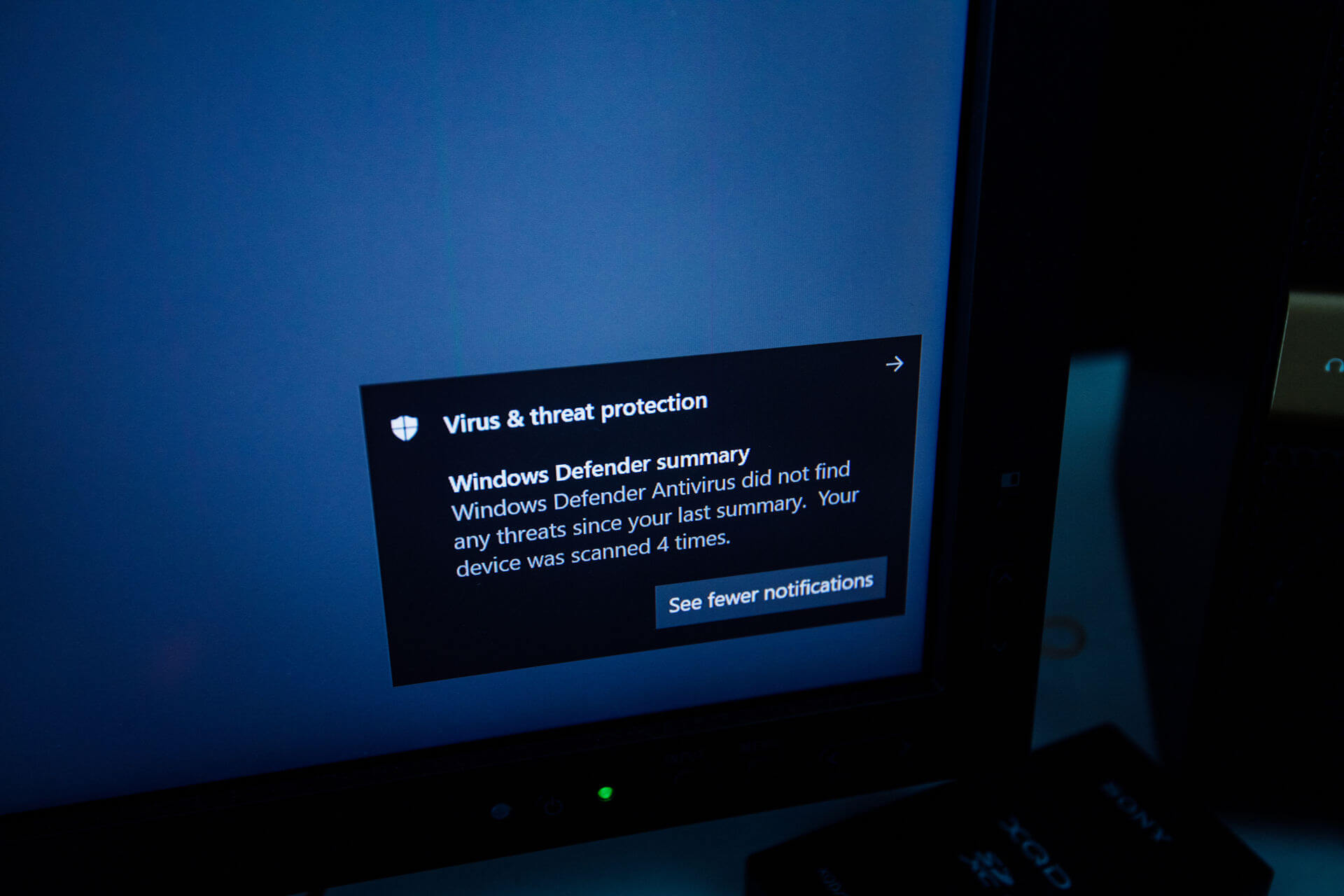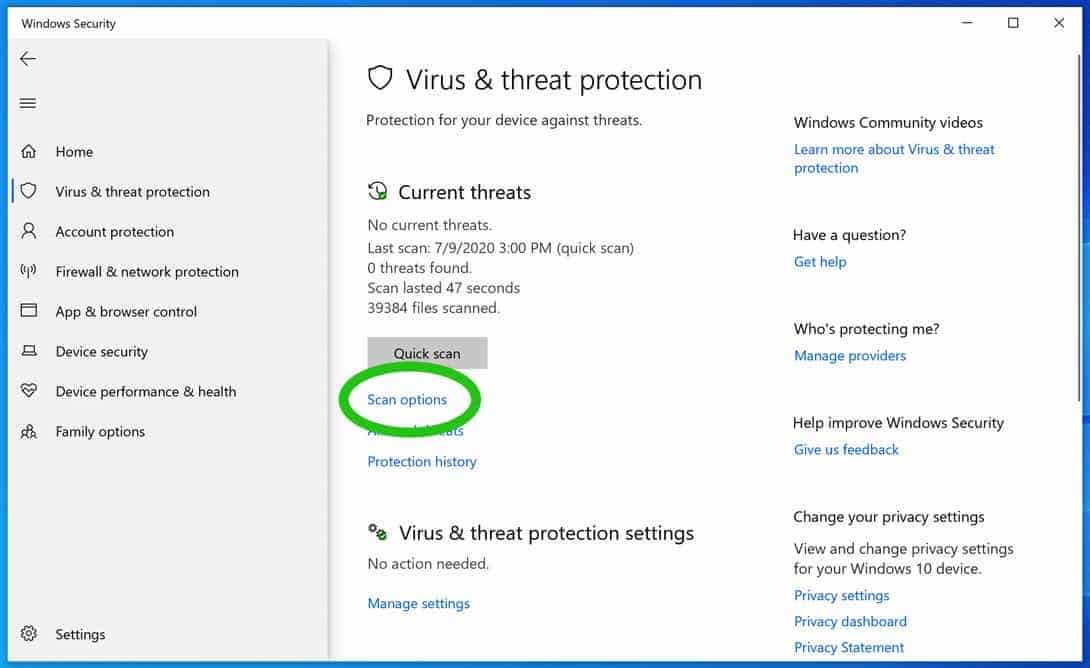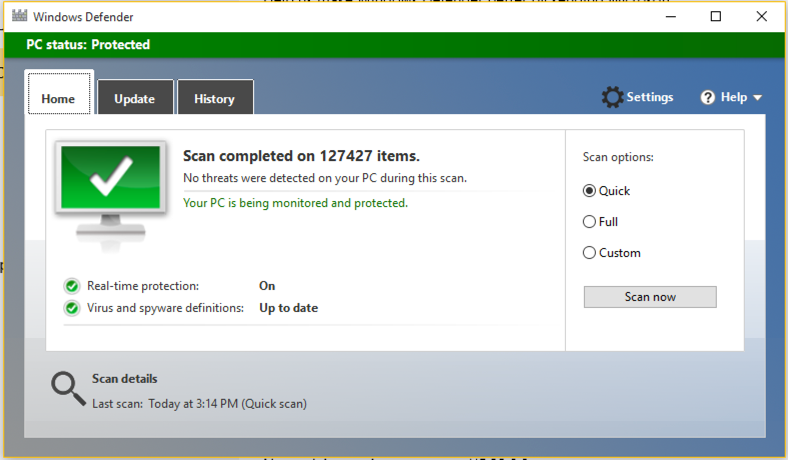

Warnings out of the way, here are the steps that you can take to disable Windows Defender in Windows 10. We stress that you should have some kind of protection installed and, as our guide to the best free antivirus software shows, Windows Defender is actually pretty good, doing as well as other free software. You may want to do this for a short-term reason, such as to install a bit of software, or long term because you don’t want the tool running. Use the mpcmdrun.If you don’t want to use the built-in Windows security tool, we’ll show you how to stop Windows Defender in Windows 10. From the options, select Quick Scan (recommended) or Full Scan. Use devices to run a scan on a single deviceįrom the sidebar, select Devices > All Devices and choose the device you want to scan. In the list of tabs, select Windows 10 unhealthy endpoints or Windows 11 unhealthy endpoints.įrom the list of actions provided, select Quick Scan (recommended) or Full Scan.įor more information about using Microsoft Configuration Manager to run a scan, see Antimalware and firewall tasks: How to perform an on-demand scan. Go to the Microsoft Intune admin center ( ) and log in. Use Microsoft Intune to run a scan Use endpoint security to run a scan on Windows devices Ensure that the device has permissions to the access network share. If the domain device account doesn't have appropriate permissions to access the share, the scan won't work. For network scans, it uses the context of the device account. Microsoft Defender Antivirus runs in the context of the LocalSystem account when performing a local scan. In most cases, a quick scan is sufficient and is the recommended option for scheduled or on-demand scans. A quick scan looks at all the locations where there could be malware registered to start with the system, such as registry keys and known Windows startup folders.Ĭombined with always-on, real-time protection, which reviews files when they are opened and closed, and whenever a user navigates to a folder, a quick scan helps provide strong protection against malware that starts with the system and kernel-level malware.

When you run a scan, you can choose from among three types: Quick scan, full scan, and custom scan. These scans will start immediately, and you can define parameters for the scan, such as the location or type.

You can run an on-demand scan on individual endpoints. Configure and run on-demand Microsoft Defender Antivirus scans


 0 kommentar(er)
0 kommentar(er)
